Reviewed by: Xdesk
Xdesk is not affiliated with BTOD, Beyond the Office Door, or VertDesk V3. We manufacture desks in our Texas factory. We don’t normally write reviews, but sometimes it’s necessary to put bad people in their place. Apparently the folks at BTOD reviews were never taught that people who live in glass houses shouldn’t throw stones.
VertDesk V3 is sold by the same cast of characters that own and operates the standing desk review website BTOD.com. The company built a business around promoting false reviews that bash competitors and redirect buyers to their products. That’s right, a “competitor” is writing bogus online reviews of our products and many others. BTOD gives their own VertDesk 8.3 out of 10 stars on their own website. At the same time, they attempt to destroy all competitors, including quality desk makers, with malicious and deceptive business practices.
Watch the video and see Knighton's techniques to dupe viewers into buying a VertDesk V3.
The VertDesk v3 Electric Sit Stand Desk is sold by BTOD.com, their private label line of electric standing desks. As the name implies, this is the third generation of BTOD.com’s reputed “best seller” in adjustable height desks on the BTOD.com site. BTOD considers the v3 the best version of the VertDesk and advertises features like excellent overall stability, premium electronics, and simplified assembly. We decided to try out the VertDesk v3 and see for ourselves if it lives up to the self-proclaimed hype. We purchased the VertDesk V3 from the BTOD.com website for $838.95.
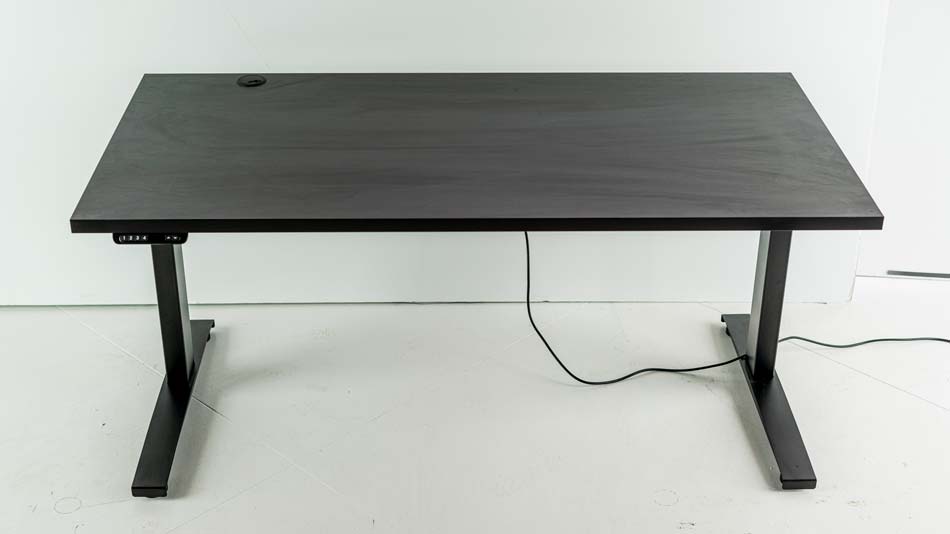
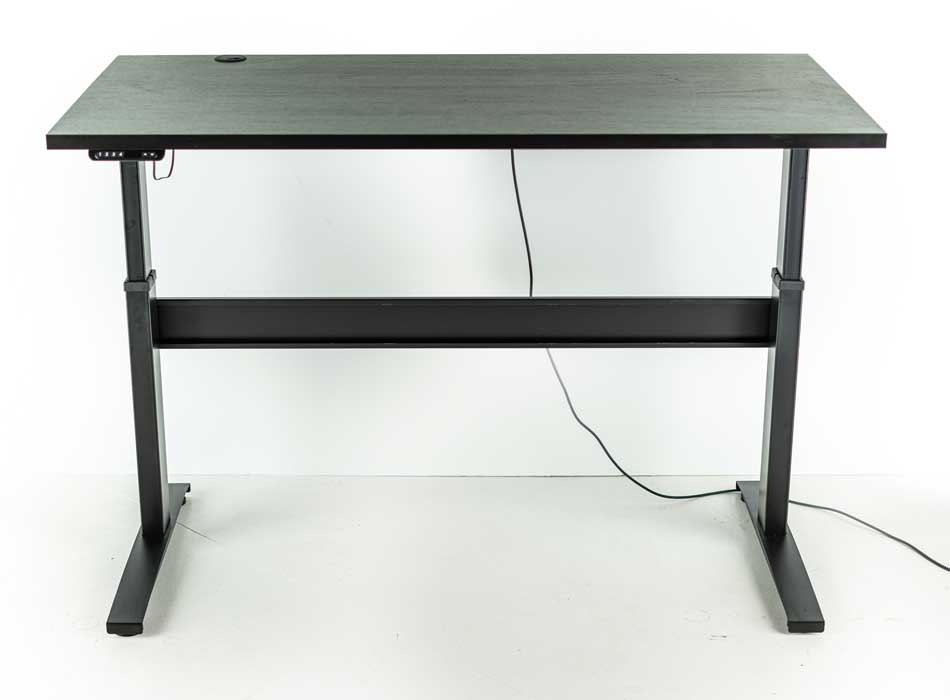
When ordering a 30” x 60” desktop made of plastic-wrapped particle board, one doesn’t expect to need to summon Greek god-like strength just to lift the thing. Like, watch-out-you’re-gonna-throw-your-back-out heavy. The same giant slab of pressed wood also puts a tremendous strain on the single motor, which you’ll hear more about later. So if you’re of average strength or below and order VertDesk v3, we definitely recommend a helping hand or two. In summary, it’s a heavy and bulky composite wood slab wrapped in faux wood plastic on all sides. It’s not what you would expect at nearly $840.
While the instructions were decent, there were a few steps that gave us pause. First, while screwing in the programmable switch we had to use brute force because the supplied screws were too large for the preset holes. On top of that, the cable box has to be installed without the aid of pilot holes. The issue truly lies with the type of screws supplied to do the job. Have you ever tried to pierce through hard thick plastic with a lowly wood screw? It’s not easy. Why not include a self-tapping screw, which would make installing the control box without pilot holes infinitely easier? Otherwise, be sure to arm yourself with a cordless drill
Then there was the granddaddy of them all issue. This desk has a long rod to drive the second leg that requires aligning the drive shaft through the motor housing. This is one of the most awkward requirements we’ve ever encountered.
You have to literally and physically bend the long hex rod until it fit into the drive input holes. As in, you bend a metal rod by hand (or with a wrench if you have weak forearms) until you can shimmy it into the right spot on the leg opposite the motor. There might be an elegant solution out there, but this isn’t it. BTOD.com lists the assembly time as ranging from 30-90 minutes and we have to agree, with the longer range being much more likely.
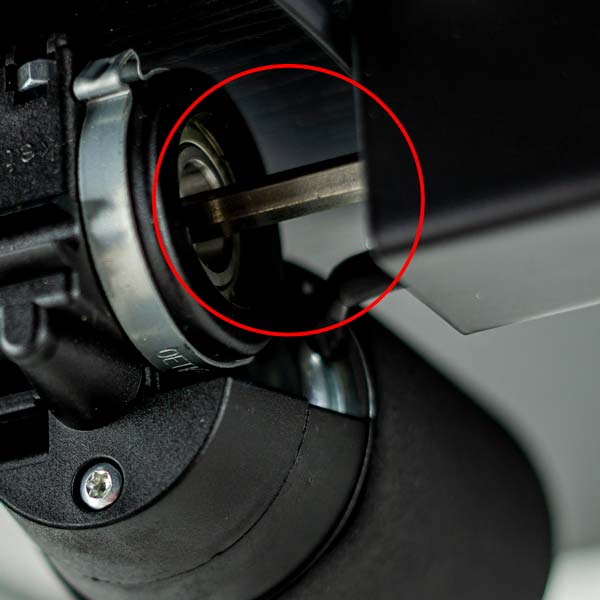
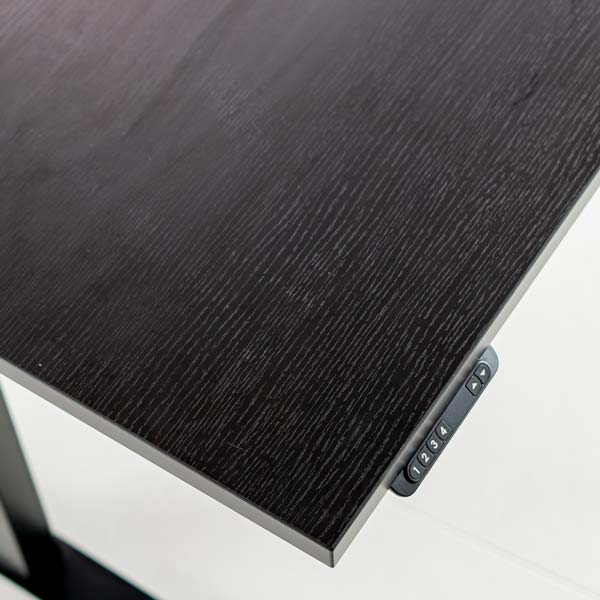
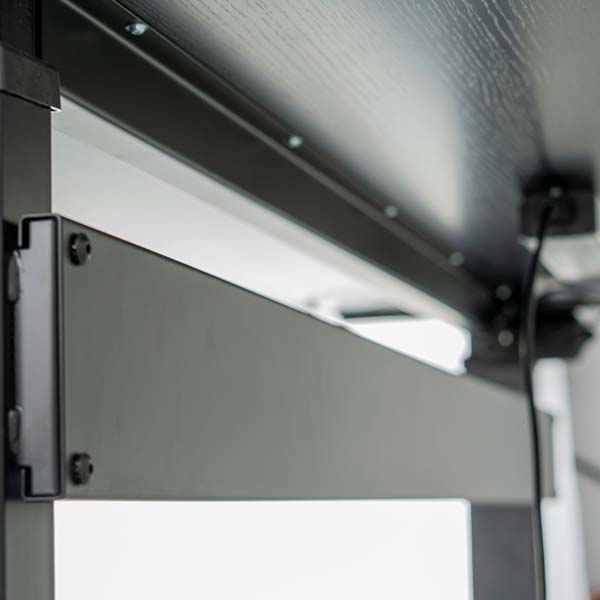
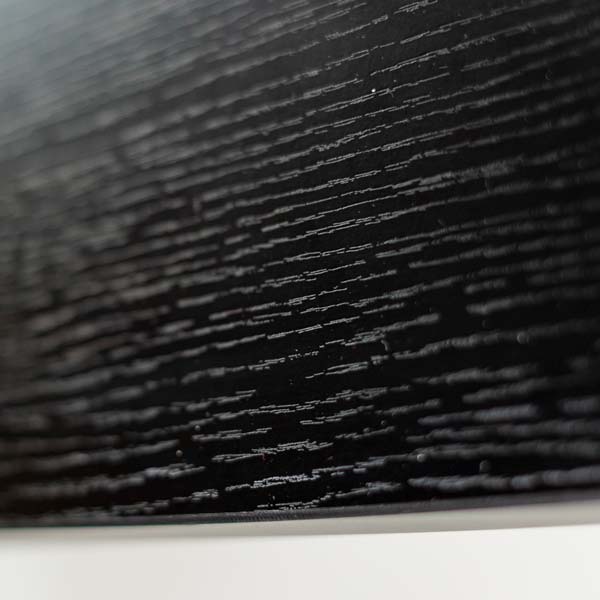
With the VertDesk v3 was assembled and plugged in, it was time to let it shine.
Yikes this thing is loud. We knew a single motor outside a column would be loud but damn. The high pitched, shrill whine of the single motor induces flashbacks to sitting in a dentist’s chair, waiting for the 20,000 RPM dental drill to do it’s dirty work. It is loud. It is unpleasant.
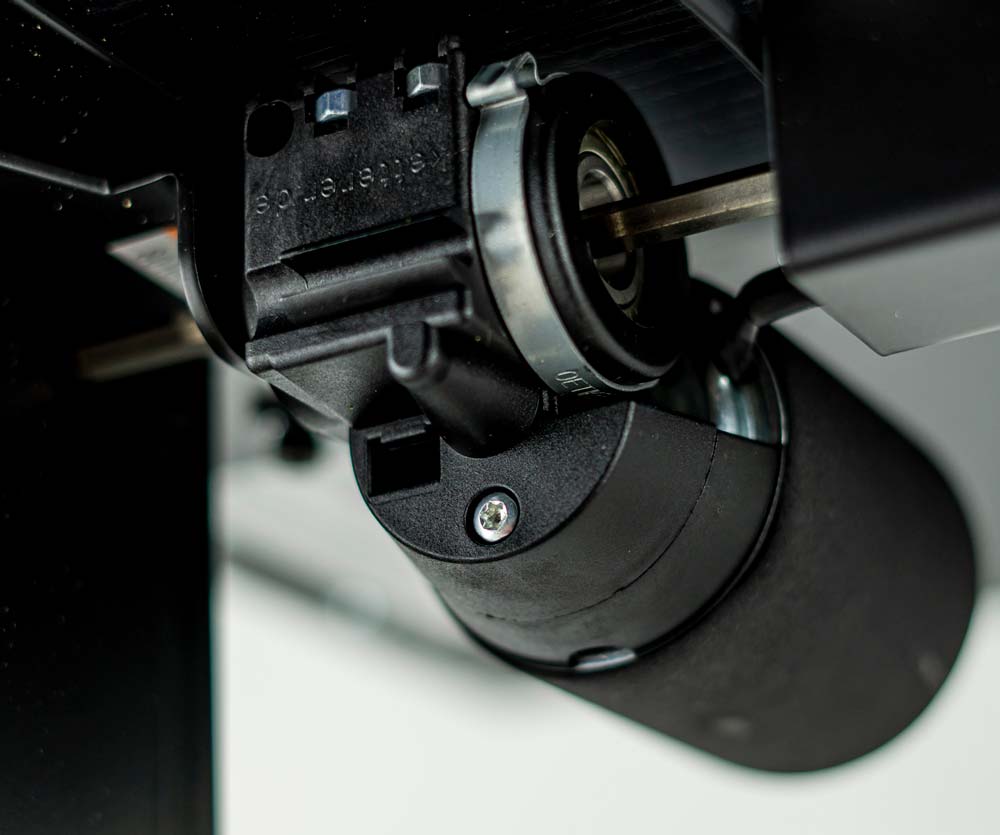
Even the Wirecutter commented on this fact, stating “some testers in our coworking space noticed and mentioned the noise, or shot us a glance when the motor was running.”
Data from The Wirecutter (paid affiliate site that promotes products for payment) reveals that It ran about 10 to 12 decibels louder than the other desks we tested in the same space, 65 to 67 decibels with a background average of 42 to 45 decibels.
To find out just how loud, we conducted our own measurement. Here’s the noise level of the VertDesk v3 against the comparably priced Evodesk, measured two feet from the front of each desk:
8 decibels doesn’t sound like much until someone points out how loudness and sound intensity works. Most of us perceive one sound to be twice as loud as another one when they are about 10 dB apart; for instance, a 60-dB air conditioner will sound twice as loud as a 50-dB refrigerator. Yet that 10-dB difference represents a tenfold increase in intensity.
It isn’t surprising the motor sounds as strained as it does. The desktop is extraordinarily heavy for the power of a single electric motor. And the problem only intensifies when you add weight.
Perhaps loundness won’t bother some consumers, but nobody wants to be that guy in the open floor plan office getting nasty stares every time he adjusts his desk.
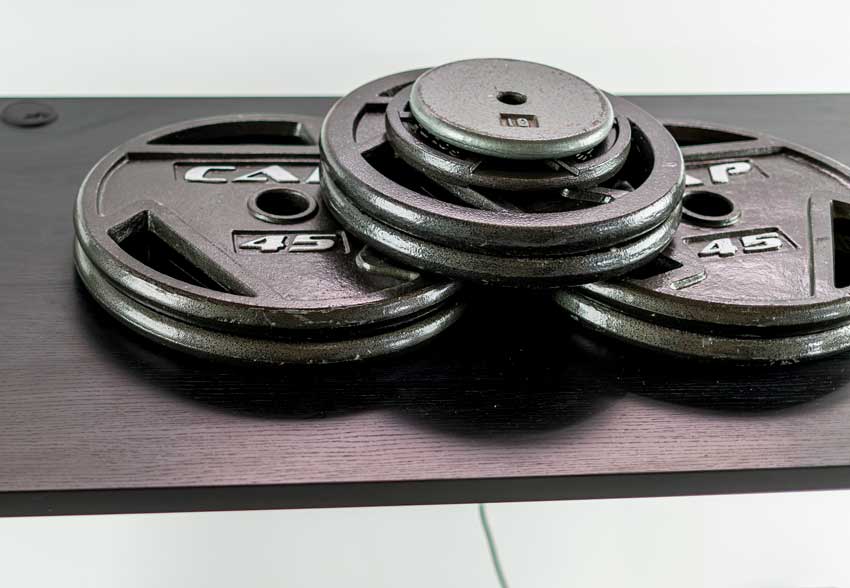
The cheap black plastic of the programmable switch is disappointing. It looks and feels like one aggressive push of a button could send it plummeting to the ground.
On top of that, it’s not intuitive at all. While adjusting the height of the VertDesk v3, we pressed the up-arrow button several times in a row to get to our desired height. Then the desk made a dinging sound, and then stopped. It turns out pressing the up-arrow button four times activates the menu mode. This is probably cheape than adding a Store button.
This is a clumsy method, as many users (ourselves included) will inadvertently enter menu mode while trying to press their way to their standing-height sweet spot. You’ll have to visit the operating guide and navigate the six-step process to set a preset. Six steps. The memory settings are convoluted at best.
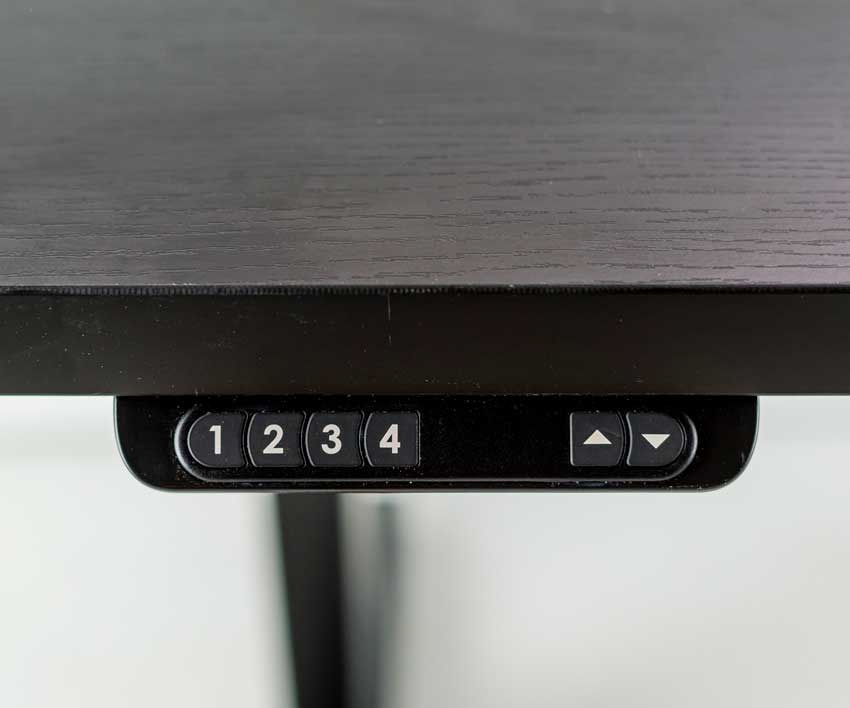
VertDesk says the v3 is their most stable standing desk to date. And it is very stable in a seated position. However, when you adjust the height to standing position, there is significant movement side to side. It’s surprising that VertDesk v3 has a crossbar, yet at a standing height it’s wobbly. With crossbar in place, one would expect a higher lateral stability.
VertDesk lists their height adjustment range as 27” to 47.5”. When we took a measuring tape to our model, we found a minimum height of 27.5” and a maximum height of 47.25”. The discrepancy is minimal, but it is there.
One online reviewer stated this about the BTOD VertDesk V3:
"Much as the publisher of BTOD likes to polish the turd with its deceptive reviews, we can't recommend this desk to any user."
Wow. Well we're not going to go that far and we would never say that about any product, but the VertDesk v3 is not a looker by any stretch. Aesthetically, the desk is unrefined, utilitarian, and many of its features look outright cheap upon closer inspection. We won't spend much more time on this but will let the photos do the talking.
Nice lifting columns will appear almost continuous with clean lines. VertDesk has a bulky black plastic cover that sticks out like a sore thumb. The injection molded plastic part has a color and texture isn't uniform. These cover the gap between the telescoping tubes of the desk. They are an eyesore from all angles, ridding the legs of any of the sleek, clean lines you’ll find on competing products. There are also streaking lines of what appears to be lubrication.
Finally, the cross bar provides needed stability on VertDesk, but it doesn’t look good doing it. It’s made of sheet metal and formed with an open cleft that faces out toward the front of the desk. When you see the final product, this cross support looks incomplete, as though it should be hidden from view or covered up. The look is finished off with an exposed fastener that destroy any possibility of a clean line.
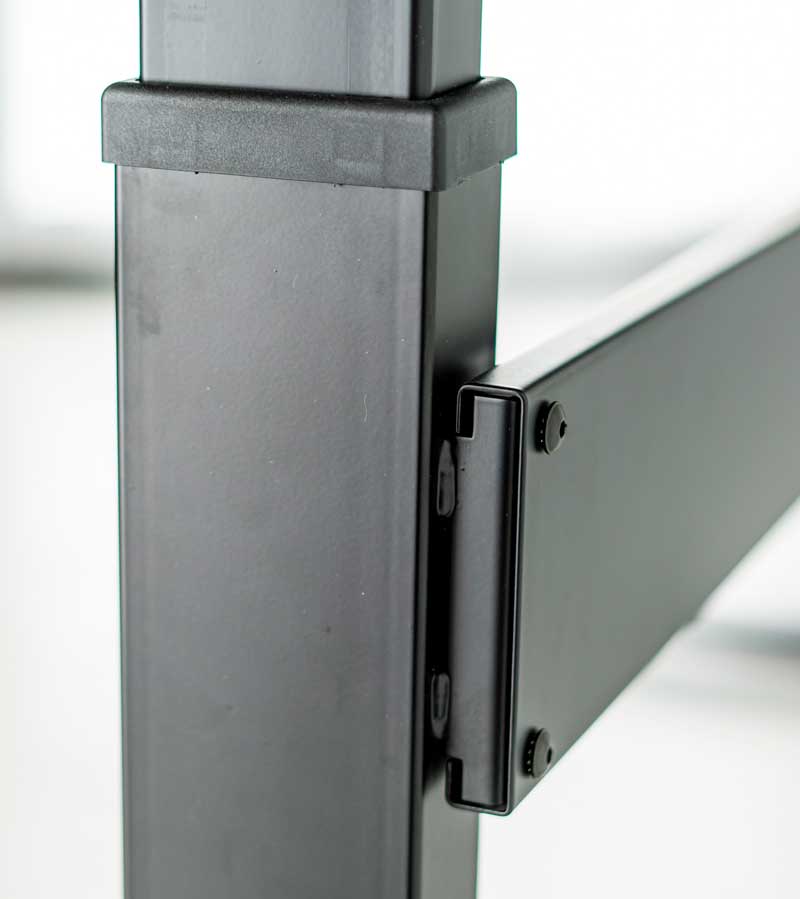
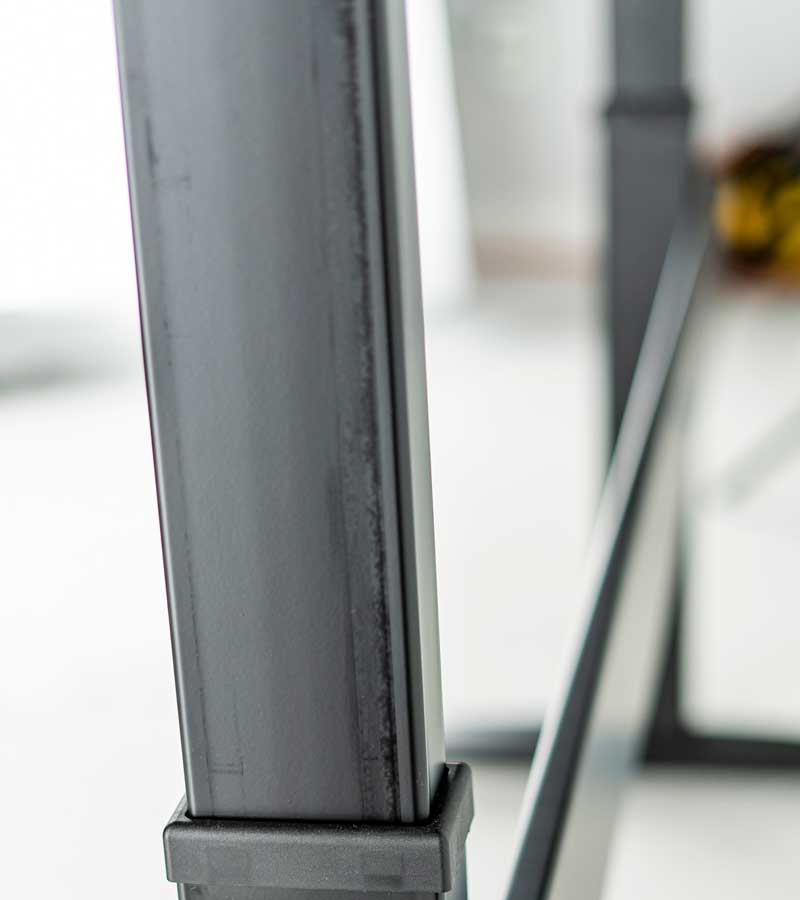
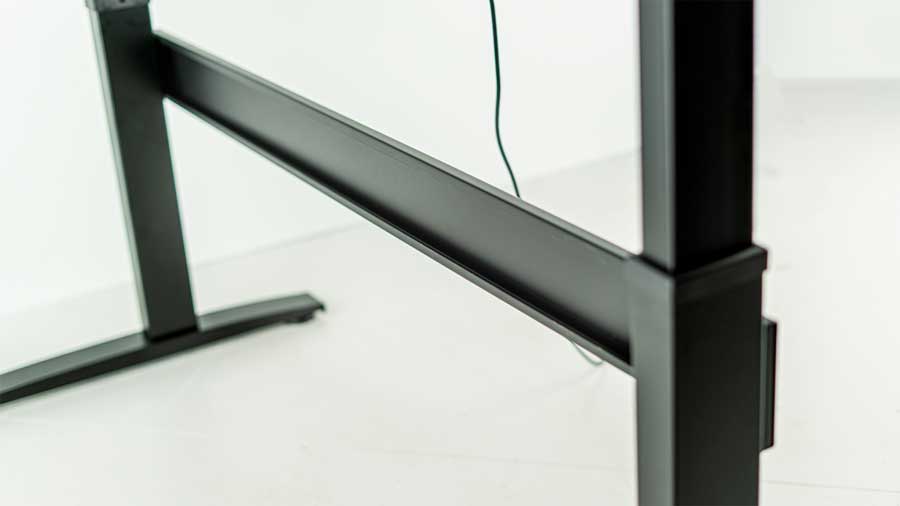
Watch Knighton's techniques to dupe viewers into buying a VertDesk V3 over competitors.
The use of any copyrighted video footage in the above video constitutes a ‘fair use’ of any such copyrighted material as provided for in section 107 of the US Copyright Law.
We won’t resort to piling on this poor desk. We’ll just say the VertDesk v3 leaves much to be desired. This concludes our review of the VertDesk V3.
Apparently someone grew tired of BTOD's review scheme and wrote a review of the reviewer.
Important Note: The below review of the VertDesk V3 was not written by Xdesk. It is a publicly available review. The opinions and allegations expressed below are not the opinions or allegations of Xdesk.
If you'd like to pay a Cadillac price for a Pinto, this is a good choice of standing desks.
BTOD's house brand of standing desks is already on its third version after the cost cutting measures in V1 and V2 proved to be too problematic. Don't be fooled by their "honest" review, or their reviews of their competitors.
This is a hodgepodge product cobbled together from components made in many places, that together make a low-performance desk that's exceptionally hard to assemble. Single motor design is a reliability nightmare, too. And the "knee crusher" cross member is a dead giveaway that the base frame's stability leaves so much to be desired that it needs buttressing from a very inconveniently placed piece of steel.
Extremely hard to assemble, using only a single motor and a hex rod transmission to save the cost of a second motor, bundling with very cheaply-made old-school laminate desktops (with no warranty coverage), and employing a "knee crusher" stability enhancement bar, the VertDesk v3 is overly engineered to cut costs. Deceptive marketing practices that BTOD employs to elevate their desk above far better-made competitors goes beyond the pale.
Much as the publisher of BTOD likes to put lipstick on the pig with their deceptive reviews, we can't recommend this desk to *any* user. It offers yesteryear's single-motor technology, old-school desktop lamination, and poorly integrated componentry to try to come in at a low price point.
The VertDesk electric standing desk has had a bit of a checkered past. The first and second versions of the desk had serious problems with some of their Asian-sourced components, as told by the company’s president, Greg Knighton.
The honesty is real when it comes to admitting previous failures in a feigned attempt to come off as real and honest brokers, but veers well into the creative fiction zone when the story is told of how v3 came to become their “Top Rated Standing Desk Under $1,000“.
Furthermore, the VertDesk v3 is still a single-motor design, with a flimsy hex rod connecting the left and right legs, when almost every other popular electric standing desk out there these days uses the much more reliable dual synchronized-motor approach. Dual motors are more reliable (load strain is divided by two, and the misadjustment-prone drive shaft is eliminated), and a whole heck of a lot easier to assemble.
And furthermore again, the VertDesk v3 has to employ a 4.5″ thick crossmember between the two legs to compensate for the inherent instability of its two-segment base, cobbled together from parts from many different vendors, all in the name of cost reduction. Like single-motor drive mechanisms, the cross member is a blast from the past, when they were pejoratively referred to as “knee crushers” or “shin splitters.” Most every other desk manufacturer has moved away from using these and put more structure cross support in directly underneath the desktop, where you’ll never bang your knees.
The VertDesk v3 is a classic example of trying a little too hard to cut corners in the name of cost and then winding up with so many fixes that you get a Pinto for a Cadillac price.
And they’d do so on a wobbly desk whose telescoping leg segments are at the very ends of their ranges, i.e. with little overlap at the end of the tubes. They should know better, especially considering that Bill Knighton is 6’4″ himself. Anyone over 6′ tall who wants a stable desking experience would be best served by purchasing a desk that has a top-end height range of 49″-55″
BTOD is known by just about everyone in our industry for writing reviews of all their competitors’ products with extensive outright falsifications, hyperbolic exaggerations, and a great deal of omitted truths. You can read more about this in our article Can BTOD Reviews Really Be Trusted? In short, they do this in an attempt to route all their blog readers to buy a BTOD house brand product. For example, in their own review of the VertDesk v3 they use staged photos to selectively compare their controller board against Autonomous’, the insert nut welded into the bottom of their desk’s foot versus the Evodesk’ foot having just a plain threading, and their spindle rod against a photo of the UpLift Desk’s spindle rod — as if the reader could tell anything substantive from these photos — all with the intent of creating the impression that their product is better built than these competitors’.
We have come to expect a lot of untruths and selective disclosures from Greg Knighton and Ryan Bald’s reviews of their competitors’ products, but they just seem to try unbelievably hard to put lipstick on the pig when it comes to making the VertDesk v3 appear to be the very height of high tech. It is in fact one of the most overpriced and technologically backwards products still on the market today, pumped by creative marketers who explain just enough about how the internal mechanisms of these products work to lull consumers into trusting their “expertise.” Don’t be fooled. Far from being the best standing desk under $1,000, in our estimation the v3 needs to go the way of the v1 and v2, back to the drawing board.
Beyond The Office Door, LLC is an online retailer of office furniture products founded by Greg Knighton while he was still a college student in 2005. His parents, Bill and Beth Knighton, are the owners of RightAngle Products and K&A Manufacturing, which has been manufacturing ergonomics products and office furniture for more than 30 years. It’s a family-owned business that was started by Bill and his father, Warren. Greg’s sister Camille also worked in marketing at RightAngle until 2017. Greg was eventually joined by his college buddy, Ryan Bald, who was selling furniture on eBay at the time. Together they built up the BeyondTheOfficeDoor.com website to make it a superstore of office furniture offerings, albeit most prominently promoting the Knighton family’s RA products, but they didn’t really have much of a presence online in the active workstation category for a long time.
Greg Knighton was an early practitioner of SEO – search engine optimization – and used it to build traffic to his website. His openly apparent aim is simple: do whatever it takes to beat out the competition to the top of Google search results. In 2016 Greg and Ryan acquired the shorter BTOD.com domain name from Black Tears of Death, and launched a more sinister business plan to use whatever means necessary to dominate search results in the office products sector.
Beyond SEO and content fakery, BTOD uses other classic con tactics to give consumers the impression that they have a completely positive reputation, starting with the very bold messaging at the top of their Breakroom Blog site about why they can be trusted. They curate user reviews on their own site (to be expected) but then use third party sites like TrustPilot to lend the appearance that they have hundreds of five-star reviews from satisfied customers. If you look through them you’ll find that a high proportion of them use a positive tone that seems remarkably inauthentic, and indeed there’s plenty of evidence on the web that TrustPilot can be gamed by subscribers to post fake reviews on their own company. One clue? Almost all the reviews are posted by people using only their first name, and with only one review published on TrustPilot. Given the popularity of the platform (hence why people are supposed to trust it) that is very odd, indeed. Too many of them read like enthusiastic marketing copy, and too many of them mention that other reviews they’ve read were untrustworthy but they found BTOD’s reviews to have the best reputation.
Numerous manufacturers have been burned by Knighton. His typical process begins by ordering a competitors’ product, taking it apart and portraying it in the most contrived false light imaginable in his misleading reviews, and then shipping it back for a refund. He has friends order the products for him so that it can’t easily be traced back to him. The aim? Convince the consumer that the competitor’s product is bad, and point them at the house brand BTOD product instead—something invariably made by his father’s company, such as the Duke, VertDesk, RightAngle, or Levl brand products (Levl being a fledgling new gaming desk and chair brand Knighton and Bald launched in 2016).
The next step they take is to write not one, but multiple reviews of the same product. One will be the primary review, such as Autonomous SmartDesk 2 Business Edition Standing Desk (Review / Pricing). Another will lead off with a title like Top 5 Problems With Autonomous SmartDesk 2 Business Edition. Multiple articles may pit one product against another, such as Autonomous SmartDesk 2 VS. Jarvis Desk: Which is better?. Then he’ll make some Youtube videos such as Autonomous SmartDesk 2 Stability Test – Business Edition Wobble and Rocking. All of these pages are pointed at each other and into big roundup reviews like “The Best Standing Desks of 2018”, to lend domain authority to each other. Now, you might think that this is just white-hat SEO stuff, and some of it clearly is, but the net effect of it is to flood the top of Google search results with BTOD links. From the link titles alone, BTOD aims to leave consumers with the blink impression that the product they are searching for has many problems, wobbles, and may not be the best one to buy. Once the consumer clicks on any of BTOD’s article’s they’ll be led by the nose to believe that BTOD’s substandard VertDesk standing desk, for example, is the best of the best.
Xdesk was one of the first entrants into the standing desk industry and we've seen a lot of changes. As competition has increased, the tactics used by the low end segment have become increasingly more aggressive. These malicous and deceptive business practices described above are a bad reflection on our entire industry. As our industry matures, the bad actors are eventually exposed for what they are. This takes time. We didn't respond to the false BTOD reviews for over a year. Then we thought about it more. Sometimes if you want a change for the better, you have to take things into your own hands.
"The complaint alleges BTOD and Greg Knighton were aware of the falsity at the time the statements were published but did so for the intentional purpose of discouraging potential customers from purchasing products from Next and to encourage customers to purchase competing products sold by BTOD and Knighton. Next filed this lawsuit against BTOD and Knighton to hold the publishers accountable for their reckless false reporting and also to establish the truth.
